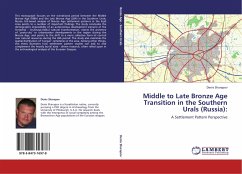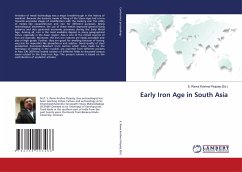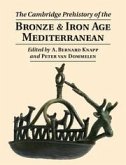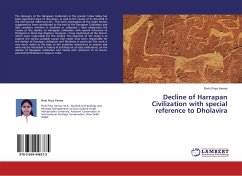The end of the 13th C. BC is marked as the collapse of the Aegean Bronze Age and is often painted as the start of the Dark Ages. The purpose of this work is to employ heterarchy, a flexible analytical tool and social model that helps avoid such rhetoric. Data from various archaeological contexts in the Aegean from the Late Bronze Age to the Early Iron Age is collected and examined against the heterarchical model in order to evaluate its applicability. Accordingly, a new model of this transitional period is suggested in the Mediterranean, challenging the way social change is seen in this region.
Bitte wählen Sie Ihr Anliegen aus.
Rechnungen
Retourenschein anfordern
Bestellstatus
Storno








